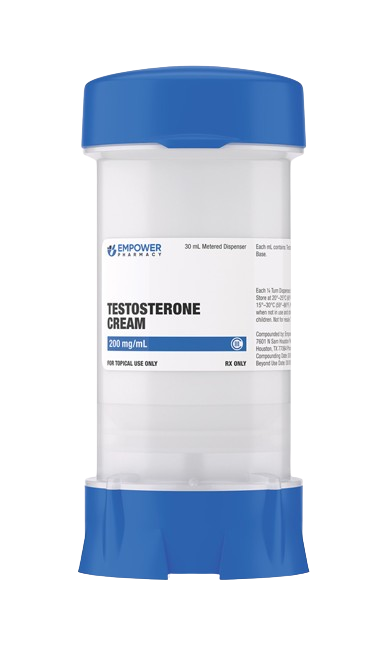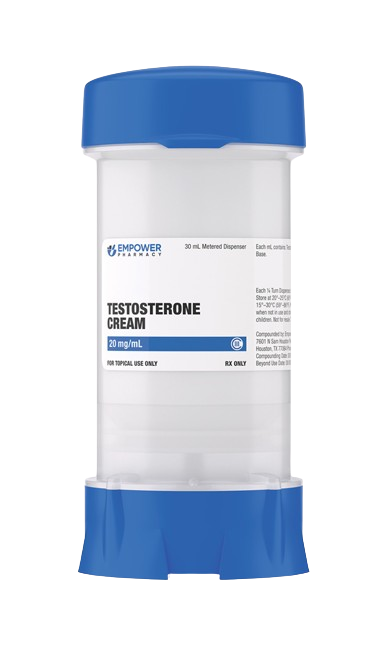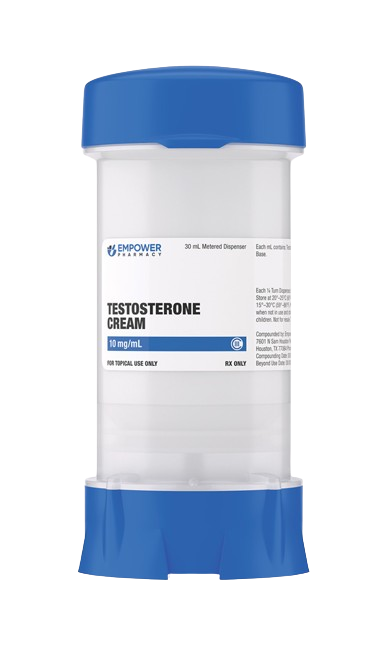Drug Interactions
- Anticoagulants:
- Warfarin: Testosterone may increase warfarin’s anticoagulant effect, raising the risk of serious bleeding. Frequent monitoring of INR and prothrombin time is recommended, and dose adjustments may be necessary.
- Diabetes Medications:
- Insulin and Oral Antidiabetic Agents: Testosterone may improve glycemic control in patients with diabetes by reducing fasting plasma glucose and HbA1c. However, it’s important to monitor blood glucose levels regularly, as both hypoglycemia and hyperglycemia can occur.
- Corticosteroids:
- Prednisone, Cortisone: Co-administration with testosterone may increase the risk of edema, especially in patients with underlying cardiac or hepatic conditions. Caution is advised.
- Cyclosporine:
- Cyclosporine: Testosterone may increase plasma levels of cyclosporine, raising the risk of nephrotoxicity. Monitor for signs of kidney damage.
- 5-alpha Reductase Inhibitors:
- Dutasteride, Finasteride: These medications counteract the effects of testosterone and should not be used simultaneously with androgens.
- Saw Palmetto:
- Saw Palmetto Extracts: May have antiandrogenic effects that could counteract testosterone’s actions. Use with caution.
- Fluconazole and Voriconazole:
- Fluconazole: May increase testosterone concentrations due to CYP3A4 inhibition. Voriconazole may have a similar effect. The clinical significance is unclear.
- P-glycoprotein Substrates:
- Ranolazine: Co-administration with testosterone, a P-glycoprotein inhibitor, may increase ranolazine absorption. Monitor for adverse effects.
- Ambrisentan: Increased absorption and potential side effects when coadministered with testosterone.
- Oxyphenbutazone:
- Oxyphenbutazone: May lead to elevated concentrations of oxyphenbutazone. Monitor for adverse effects.
- Propranolol:
- Propranolol: Testosterone may increase the clearance of propranolol. Monitor for reduced efficacy of propranolol.
- Dabigatran:
- Dabigatran: Increased dabigatran serum concentrations and risk of adverse effects. Avoid coadministration in patients with severe renal impairment.
- Afatinib:
- Afatinib: Testosterone may increase afatinib exposure. Dose adjustment may be necessary if adverse effects occur.
- Intranasal Medications:
- Intranasal Testosterone (e.g., Natesto): Avoid co-administration with other intranasally administered drugs due to unknown interaction potential.
Precautions
- Hepatic Enzyme Interactions:
- Cytochrome P450 (CYP) 3A4: Testosterone is a substrate for CYP3A4, which may affect the metabolism of other drugs processed by this enzyme.
- P-glycoprotein Transport: Testosterone is both transported by and inhibits P-glycoprotein. This can affect the absorption and efficacy of other P-glycoprotein substrates.
- Erythropoiesis:
- Increased Erythropoiesis: Androgens stimulate red blood cell production. Caution is advised, especially in patients with conditions affecting blood viscosity.
- Bone Maturation:
- Prepubescent Males: Excessive androgens may accelerate bone maturation and compromise adult stature. Monitor bone growth carefully.
Monitoring: Regular monitoring of blood levels and potential adverse effects is essential when using testosterone with other medications or conditions. Always inform your healthcare provider about all medications, supplements, and health conditions to avoid potential interactions.





